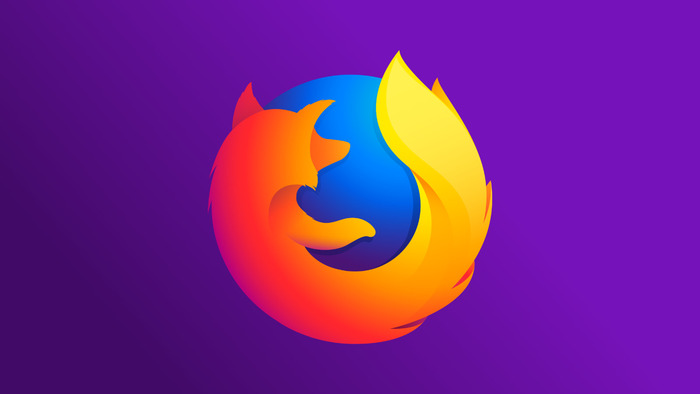Chromebooks run on Chrome OS and are mainly built around the Chrome browser. But if you want something different, Firefox is a solid option.
It helps you escape the Google setup, protects your data better, and has helpful tools like advanced screenshots.
If you’re looking to install Firefox for Chromebook, this manual explains how to do it in different ways, how to remove it, and how to deal with problems if they come up.
Getting Firefox from Google Play on Chromebook

The easiest way to get Firefox for Chromebook is by using the Play Store. This method installs the Android version, which works well with Chrome OS. Follow these steps:
- Open the Play Store using the launcher or apps screen.
- Search for “firefox” using the bar at the top.
- Tap the Install option next to the version you want.
You’ll notice more than one type of Firefox listed. Here’s what each one does:
| Firefox Type | Description |
| Firefox Browser | The standard version. Most users install this one. |
| Firefox Lite | A smaller version that uses fewer resources. Good for older or slower Chromebooks. |
| Firefox Focus | A privacy-first version that blocks trackers like ads and analytics. |
| Firefox Nightly | Used to try out brand-new features. May be buggy and is not very stable. |
| Firefox Beta | Less buggy than Nightly, but still for testing. Features are almost ready for final release. |
These Android versions will only appear if your Chromebook is running at least Chrome OS 80. If nothing shows up, check for system updates.
Installing the Linux Version of Firefox
You can also install Firefox for Chromebook through the Linux development option in Chrome OS.
This method gives you the desktop version of Firefox, offering more features than the Android one.
Start the Linux Setup
- Go to Settings > Developers and locate Linux development environment (Beta).
- Select Turn on to begin.
- Tap Next to continue.
- The system will suggest a username and storage amount. Leave the defaults or change them if needed. Press Install to move forward.
Your Chromebook will download the needed files to set up Linux. When that’s done, move on to adding Firefox.
Download and Launch Firefox via Linux
- Open the Terminal from the Linux apps folder in the launcher.
- Enter this command and press Enter:
sudo apt install firefox-esr - A message will appear about download size. Type y and hit Enter to approve it.
- When the process finishes, look for Firefox ESR in your Linux apps folder and open it.
At first launch, the app may take a little longer to start. That’s normal.
Comparing Firefox Android and Linux Versions
There are some key differences between the Android and Linux editions of Firefox for Chromebook.
| Feature | Firefox for Android | Firefox for Linux |
| Interface | Built for mobile and touchscreens | Traditional desktop layout |
| Web View | Loads mobile versions of sites | Opens desktop versions |
| Tools | Basic features for browsing | Full set including Task Manager, web tools, and more |
| Tab Options | Fewer functions | Advanced tab controls like mute, pin, and duplicate |
| Usage | Great in tablet mode | Ideal with keyboard and mouse |
| Toolbar Placement | Can be moved between the top and the bottom | Fixed at the top |
If you prefer a desktop-like experience and advanced features, Linux Firefox is a better fit.
But for lighter use or if your Chromebook has lower specs, Android Firefox might be more suitable.
Removing Firefox from Chrome OS
If you no longer need Firefox for Chromebook, you can delete it quickly.
- For Android version: Find the app icon, right-click or press and hold, then choose Uninstall.
- For Linux version: Do the same with Firefox ESR in the Linux folder.
This will help free space on your Chromebook.
Fixing Issues While Installing Firefox
Sometimes, things don’t go smoothly. Here’s how to handle common problems:
- Play Store version not showing up: Update your Chromebook to the newest version.
- Linux installation not available: Make sure you’re on at least Chrome OS 69. Go to Settings > About Chrome OS to check for updates.
- Terminal errors: Restart your Chromebook and try running the command again.
Make sure your device meets the version needs before trying again.
Summary
Firefox for Chromebook can be added in two main ways—via Android or Linux. Both versions have their own benefits:
- Android Firefox: Simple, light, and fits well in tablet mode.
- Linux Firefox: Better for users wanting full control and desktop tools.
If you face any hiccups, most can be solved by updating your system or restarting.
With either option, Firefox for Chromebook gives you more browsing freedom, extra privacy tools, and a break from Google’s ecosystem.

